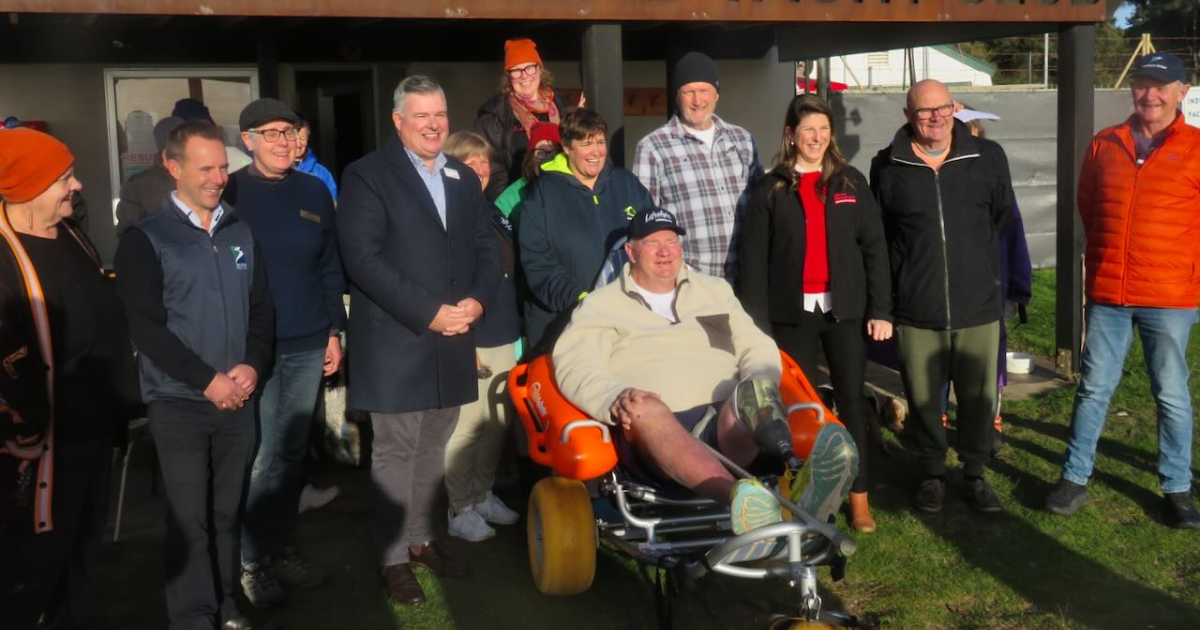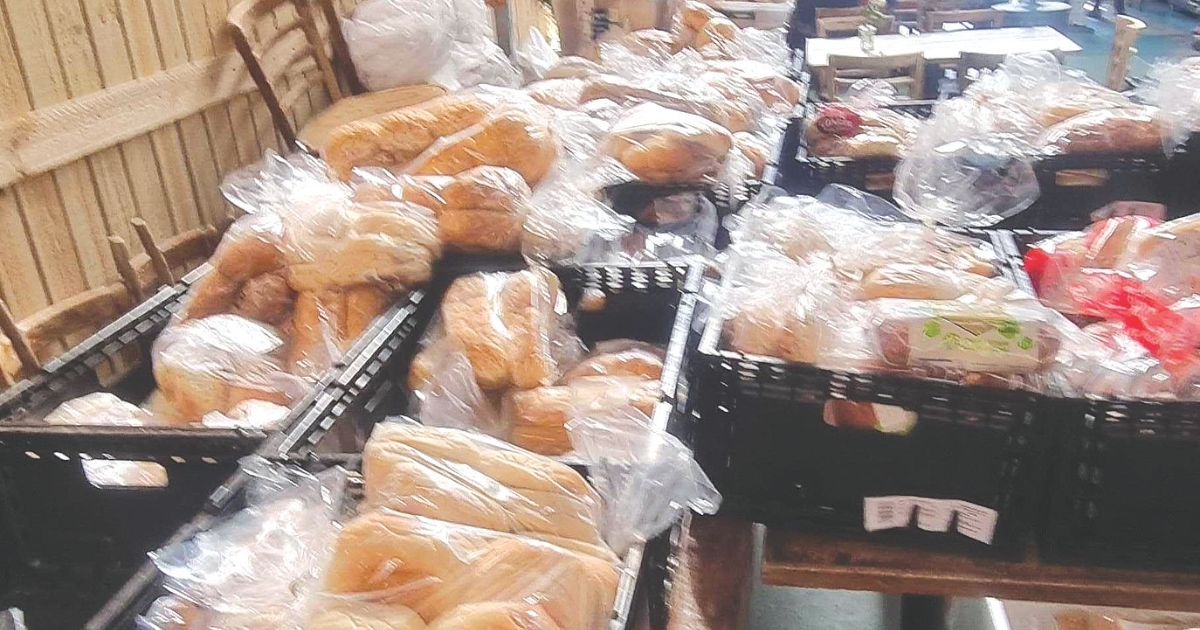Local SES volunteers joins calls for more funding

The Fund VICSES campaign calls on the state government to develop a more sustainable funding model for the emergency service. Photo: FACEBOOK/FUND VICSES
MEMBERS of the Victoria State Emergency Service (VICSES) from across the region have thrown their support behind a volunteer-led campaign calling for a sustainable funding model to be developed for the service.
The emergency service is powered by more than 5,000 volunteers across the state, but increasingly, many find themselves dedicating time to fundraising just to maintain essential equipment and facilities and replace aging vehicles.
“The last three years have seen the biggest numbers of requests for assistance ever that have been received by the SES,” Nigel Cunningham, deputy controller for training at the Corio Unit, said.
“We need more funding to meet the challenges we continue to face.”
Two of the three vehicles owned by the Corio Unit have been obtained through fundraising and community donations, while its facilities have remained almost unchanged for 30 years and are no longer fit for purpose.

Despite being promised $1.6 million to either refurbish or relocate the unit in the 2017-2018 state budget, Mr Cunningham said “there has been no real progress in the seven years since then”.
“This severely impacts us when larger scale events occur and more space is needed for people involved in responding, such as the storm that devastated Lara in February.
“It also impacts us from week-to-week in our training. We simply don’t have the facilities available on-site for some training activities.”
It was a situation, Mr Cunningham said, that was typical across the state.
“While we are thankful for the state government’s Victorian Emergency Service Equipment Program (VESEP) fund, units have to compete against each other for this funding, and even when we are successful in grant applications, they never cover the full cost of purchasing the vehicle and equipping it.
“The sheer amount of funds we are expected to source as volunteers is not sustainable, nor should it be accepted.”
At the South Barwon Unit, four vehicles totalling $550,000 have had to be purchased through fundraising.
South Barwon volunteer Lisa Keys said running an SES unit was already a big undertaking.
“Every unit needs to manage recruitment and retention of membership. We purchase, maintain and manage the replacement of much of the equipment we use.
“We manage aspects of our facilities. We build and maintain relationships with other agencies so that we work together better in operational contexts, and we regularly train and practice the huge range of skills that we use.
“All of this is before we even consider actual turnout to requests for assistance.
“Having to spend time on fundraising on top of all these other tasks means that volunteers spend even more time away from their families.
“It can mean in some cases that families come to resent involvement in SES, adding to issues with retaining members and putting more strain on members who do carry out these roles.”

Both the South Barwon and Corio units are now facing the prospect of upgrading some of their vehicles in the near future as they reach the end of their standard 10-15 year lifetime.
The FUND VICSES campaign aims to raise awareness of this critical funding shortage and encourage the Victorian government to properly fund the service.
At present, the state government pays an annual municipal subsidy to assist SES units to meet their operational costs, with local governments matching that subsidy.
“We’d like to see recognition by the state government of the huge value that volunteer hours represent and we’d like to see them fund us accordingly, letting us focus on holding rescue tools instead of chasing donations,” Ms Keys said.
“We’d also like to see a future where fundraising by volunteers is limited to smaller and less vital equipment and training resources, not the essentials like vehicles, and a future in which volunteers don’t have to work out of facilities that simply aren’t fit for purpose.”

















